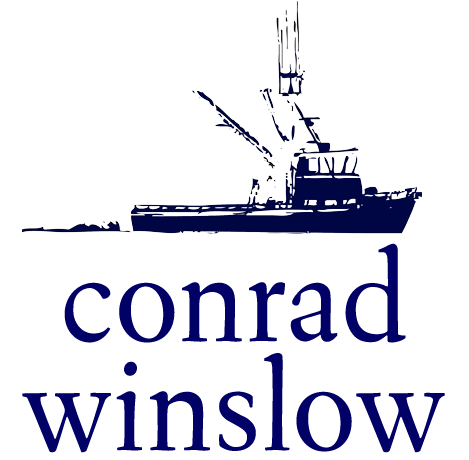Premiered on 28 July 2021 at KM28 in Berlin, and recorded in Mount Vernon, NY by Conrad Winslow.
I like a trip through a semi-arid landscape—not at all like a desert—where the eye is drawn to intermittent flushes of life, yellow grasses waiting for rain, ancient-rooted olives ticking away the seasons. Brittle sonorities on the piano put me in a similar state of expectancy, where resonance is a precious good, where singing voices carry a long way.
Dry County is a four movement essay for piano solo built primarily with staccato chords. They remind me of a basic photographic principle: in bright light, extremely short exposures and small apertures yield the greatest depth of field, bringing layers of information into simultaneous focus. I can recall seeing as a child one of those touristic signposts with directional signs akimbo giving the distances to far-off cities. I stood rapt before it attempting to picture the field of possible journeys and the interposing geographies. A chord, standing alone, takes on for me a similar quantum charge of possible directions: the gaps between isolated chords suggests voice-leading as often disavowed as confirmed. What has always fascinated me most about the piano is the implicit—maybe—voices between chords that I can just make out (or imagine), humming in the cracks. My favorite pianists are the magicians who make me believe in those voices, who with only the barest suggestion of linear continuity and harmonic underpinning manage to convince me of the presence of these other lurking shades.
I think I’m still obsessed by line and harmony, especially in the sketchiest guise, because any chordal underpinning can itself be doubly regarded, as a harmony with an immanent history, and as a concrete timbre: a chord can become simply the sound of a hallucinatory body, resonating with its own agenda. I am fascinated by imagining the rules that govern a chord’s behavior, the syntax that controls its interplay with other such objects placed together in a room, depth of field expanding.
Counties of the United States that limit the sale of alcohol through various and sometimes arcane rules are known as dry counties. These statutes are salient markers of cultural memory that continue to shape the culture. Dry County was composed during a time of stricture, of unexpected silence and waiting. During this time of prohibitions it became paramount for me to mark flashes of austere joy and deep possibility as a way of marking time.
